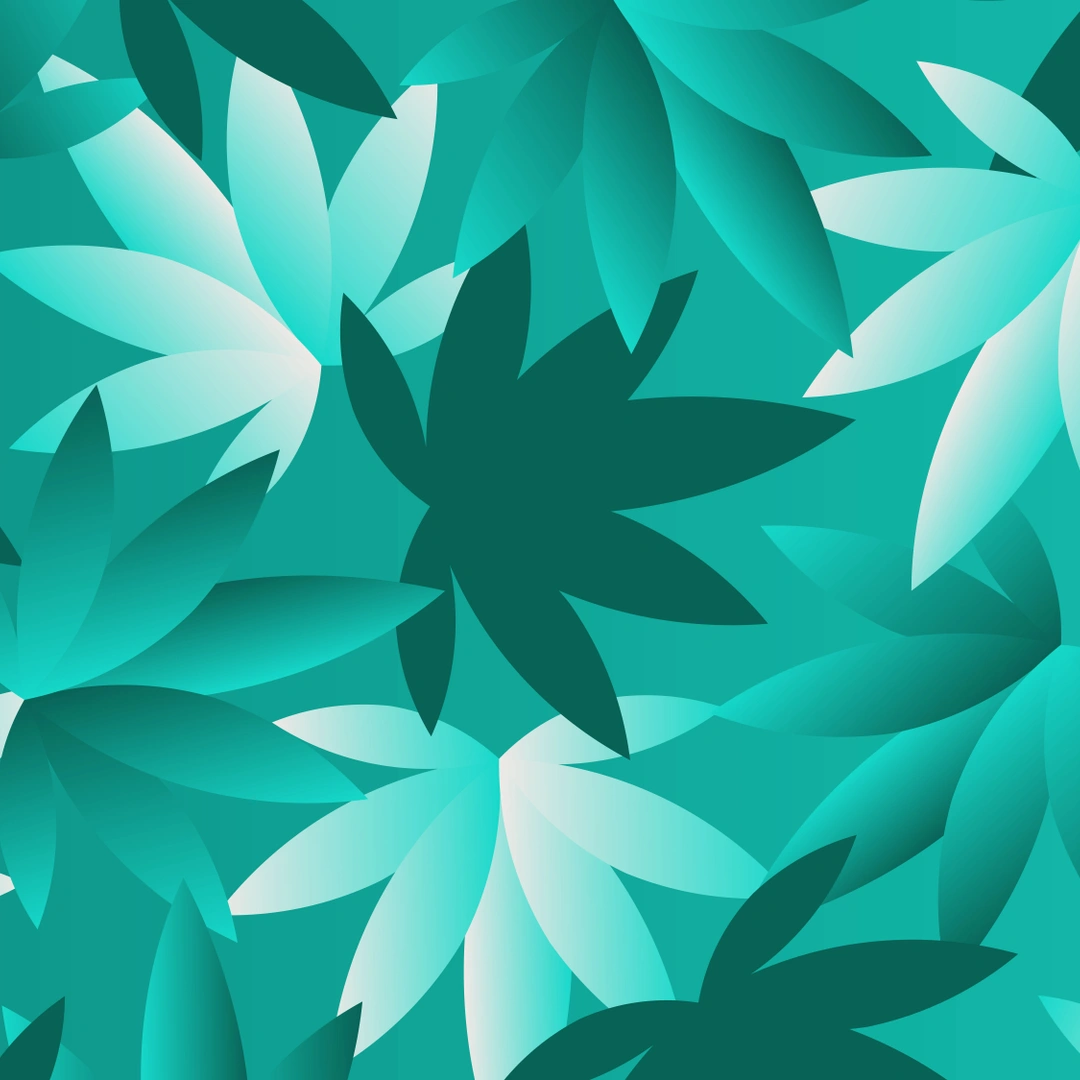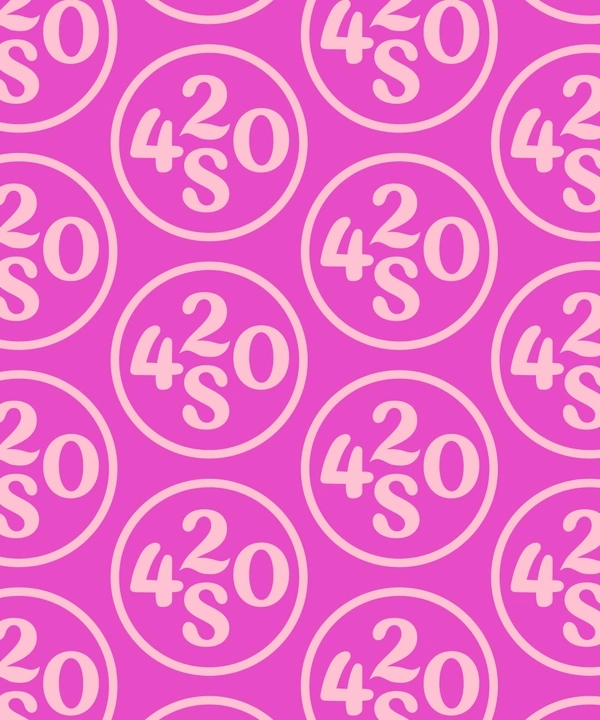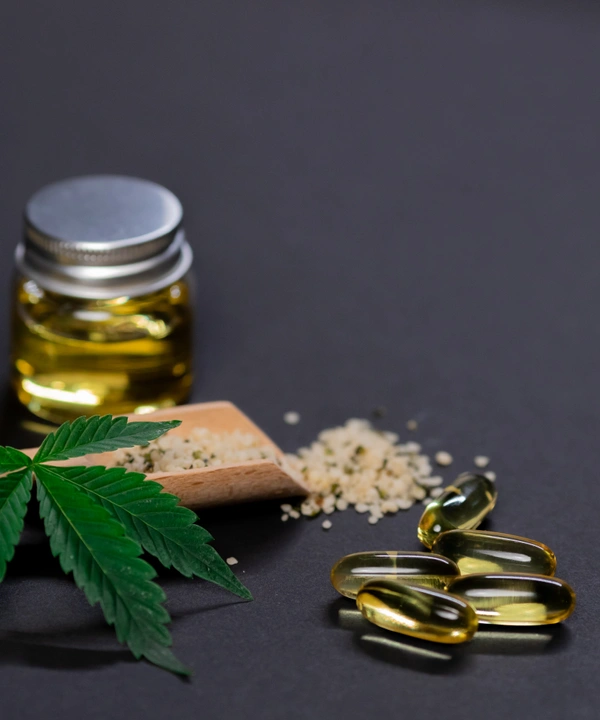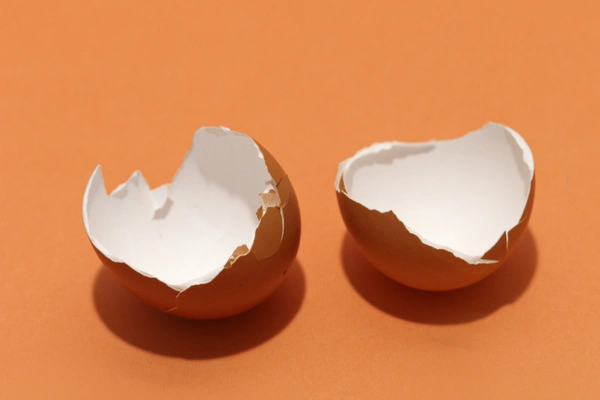Cannabis 101

Girl Power
Did you know that the tasty bits of Cannabis are exclusively from the buds of female flowers? You actually can't use the male plants for consumption. That doesn't mean that male plants are useless; they are vital for pollination and create half of the DNA. Selecting male plants with the right traits is critical to producing strong strain lineages. And just like with humans, be careful who you hang out with. The bad ones can influence lower quality flowers.
Varieties
Cannabis is categorised into three main subspecies:
Cannabis sativa
Cannabis indica
Cannabis ruderalis
The easiest way to identify each is through the leaf shape.
Cannabis Sativa
Sativa leaves are taller and thinner and usually contain a higher concentration of THC. THC can help you feel energised, uplifted and euphoric and can get you "high". Cannabis Sativa was originally bred in India and South-East Asia.
Cannabis Indica
Indica leaves are shorter, wider and bushier and contain a higher concentration of CBD. Helping you feel more relaxed, calm and sleepy. It will likely create a body high, but not a head high. Cannabis Indica is originally from Afghanistan.
Cannabis Ruderalis
Ruderalis is more commonly known as Hemp. Their leaves are thin, tall and lanky. In Australia, hemp plants are defined as Cannabis containing less than 1% THC. (check the difference in states). It still grows in the wild in Central and Eastern Europe and Central Asia. Hemp is legal and is produced for its seeds. These nutrient-dense seeds can be eaten and provide a lot of fatty acids. The fibre of the stalks is used for making materials like rope, clothing, etc. Hemp seeds contain vitamins, minerals, nutrients like vitamin E (primarily found in hemp oil) and healthy fats like omega-3 and omega-6.
Cannabinoids
Cannabis is a plant that is full of chemical compounds called cannabinoids. There are around 144 different cannabinoids found in Cannabis. They interact with the endocannabinoid system in our bodies to produce their effects and can help regulate how cells communicate. The two main cannabinoids are cannabidiol (CBD) and tetrahydrocannabinol (THC). Cannabinoids naturally occur in the plant and can be extracted from the Cannabis plant or synthesised in a lab.
Terpenes
Terpenes are what give Cannabis her intense aromas and flavours and play a massive role in how your mind and body experience Cannabis. There are a lot of terpenes present in each strain of Cannabis, so the combinations and the effects are limitless!
Endocannabinoid system (ECS)
Did you know that we have an entire system in our bodies named after Cannabis? In the 1990s, scientists discovered the endocannabinoid system (ECS). Endocannabinoids are Cannabis-like substances that occur naturally in your body. Endo is an abbreviation for endogenous, which means that it's produced naturally inside our bodies, and cannabinoids are similar to the cannabinoids found in Cannabis plants. Scientists discovered that cannabinoids in Cannabis mimic our endocannabinoids.
ECS is a complex cell signaling system within our bodies. The endocannabinoid system consists of two receptors; CB1 and CB2. CB1 is located in the brain, central nervous system, spinal cord and many other body parts. These CB1 receptors modulate neurotransmitter release and help with memory and emotional regulation. CB2 can be found in cells associated with our immune system throughout the body. CB2 receptors help balance inflammation and immune response.
The primary functions of the endocannabinoid system are to keep our bodies optimally balanced and healthy (i.e. homeostasis). For example, if you're hurt, your ECS will produce more endocannabinoids to help with pain relief, to restore optimal balance. It also helps regulate your immune response, memory, mood, appetite and metabolism. All mammals have endocannabinoid systems, whether or not they consume Cannabis. On a side note, deer, cows and goats have been known to nibble on Cannabis, but they don't seem to enjoy it too much though, and it won't get them high, as the flower needs to be heated to activate the effects.
The ECS relies on three main components
-
Cannabinoids receptors (CB1 & CB2)
-
The endocannabinoids that bind with receptors
-
The enzymes that help break down and synthesise endocannabinoids and cannabinoids
The THC in Cannabis interacts with your ECS by binding to receptors, just like endocannabinoids, enabling a large range of effects on your body and mind. It could trigger psychoactive effects, like feeling euphoric. CBD, on the other hand, changes the way your receptors bind with other cannabinoids and works with enzymes to boost your body's endocannabinoid production, which can help restore balance.
Chemical Structure
THC and CBD have the same chemical formula. Their chemical structure consists of 21 carbon atoms, 30 hydrogen atoms, and two oxygen atoms. The arrangement of these atoms is different, giving CBD and THC different chemical properties, affecting your body differently. Both CBD and THC work with receptors in your body that release neurotransmitters in your brain. These neurotransmitters influence things like pain, mood, sleep, and memory. Both CBD and THC interact with your body's endocannabinoid system to produce different responses related to mood, appetite and sleep. Essentially, they are the chemicals in Cannabis that make you feel the plant's effects.
THC
Tetrahydrocannabinol
-
One of the most common cannabinoids found in Cannabis
-
Responsible for most psychoactive effects
-
Binds to receptors in the brain responsible for pain and mood
-
Stimulates brain cells to release dopamine, creating euphoria
CBD
Cannabidiol
-
The second most common active ingredient in Cannabis
-
Derived directly from the hemp plant, products have no psychoactive effects
-
Strong evidence to suggest it's great for anxiety, insomnia, chronic pain and more
-
Some evidence suggests that CBD stimulates feelings of well-being
-
CBD will still produce a more relaxed state, just without the "head high" or feeling of euphoria.
-
Had been found to reduce the "high" feeling THC produces
CBN
Cannabinol
-
Less common minor cannabinoid
-
It's considered as a weaker form of THC, with some mild psychoactive effects
-
Loved for its sedative properties and its potential as a sleep aid
CBG
Cannabigerol
-
A less common minor cannabinoid
-
Lovingly referred to as the mother of cannabinoids because it's the first cannabinoid the plant produces
-
Known to have anti-inflammatory properties, making it great for recovery and pain relief
THCV
Thetrahydrocannabivarin
-
A less common minor cannabinoid found mostly in Sativa strains
-
Research shows a variety of unique effects, like being an appetite suppressant
-
Reported to improve energy and focus and may also help with diabetes, panic attacks and Alzheimer's
Share this article
What do Cannabis oils taste like?
Does CBD oil really taste like olive oil, or does it taste like grass? Let's explore the different flavour palettes.







